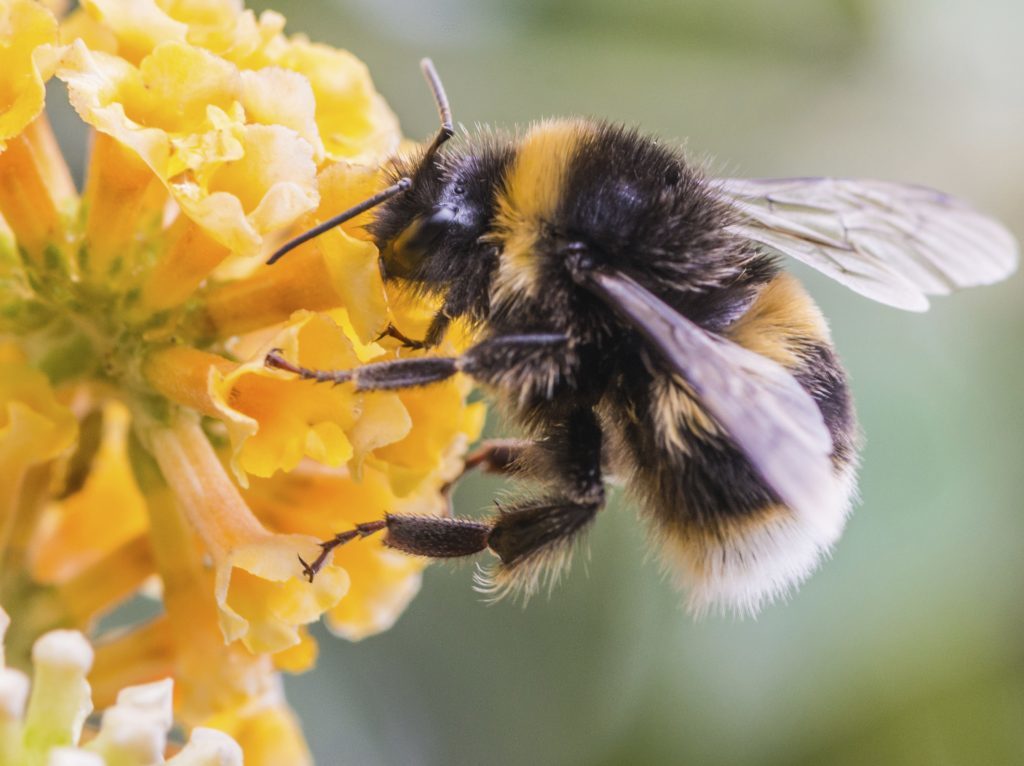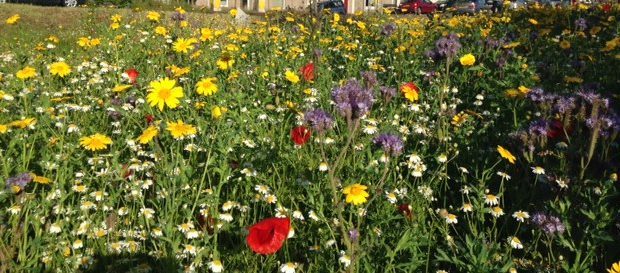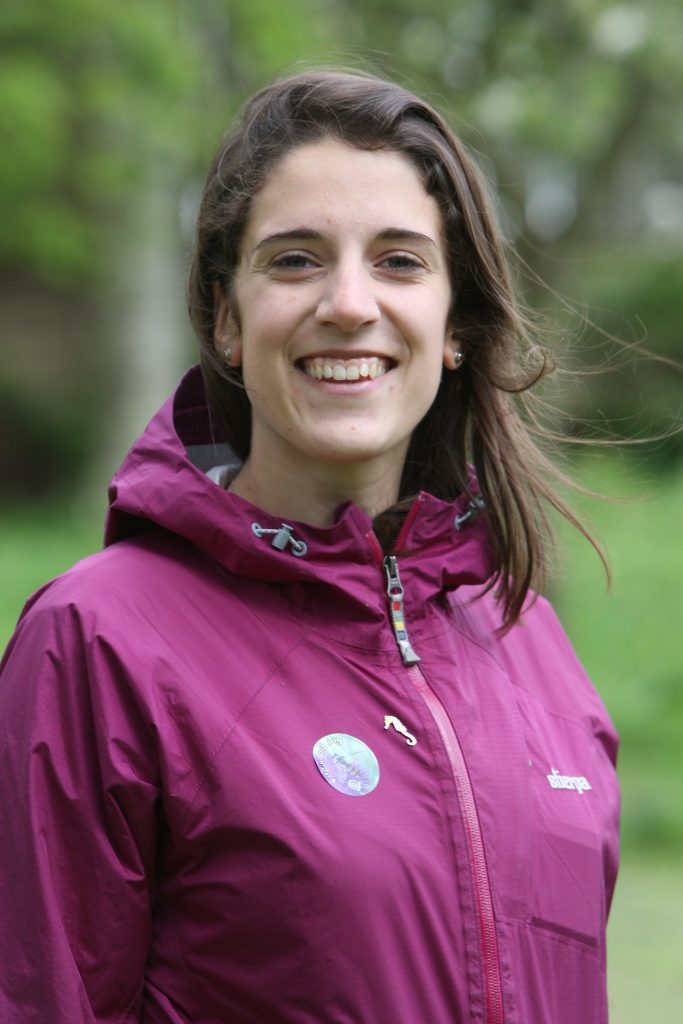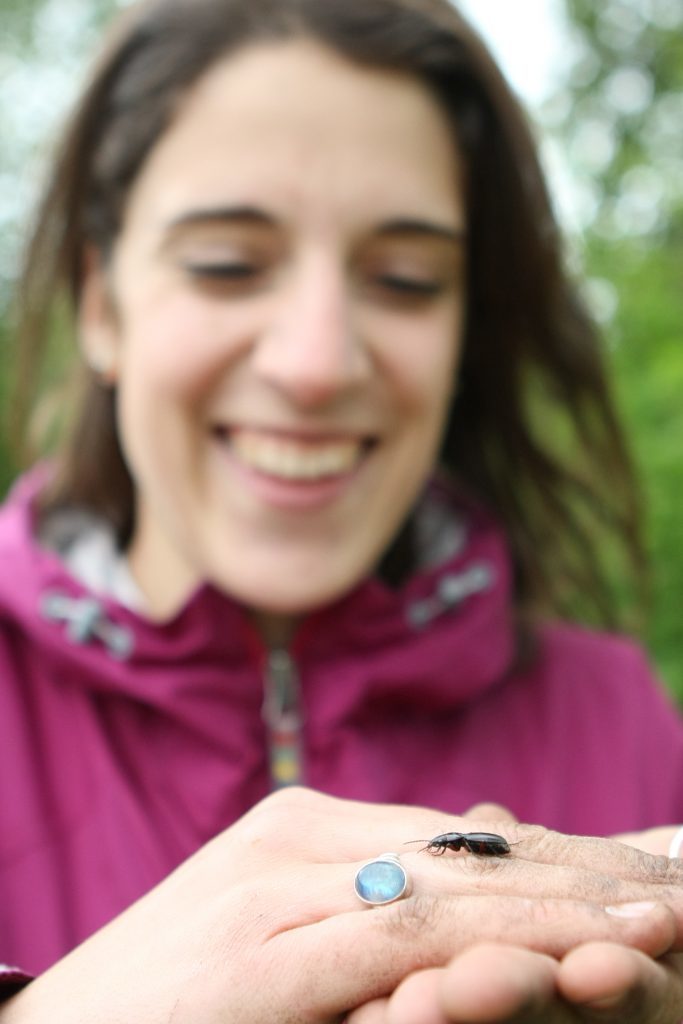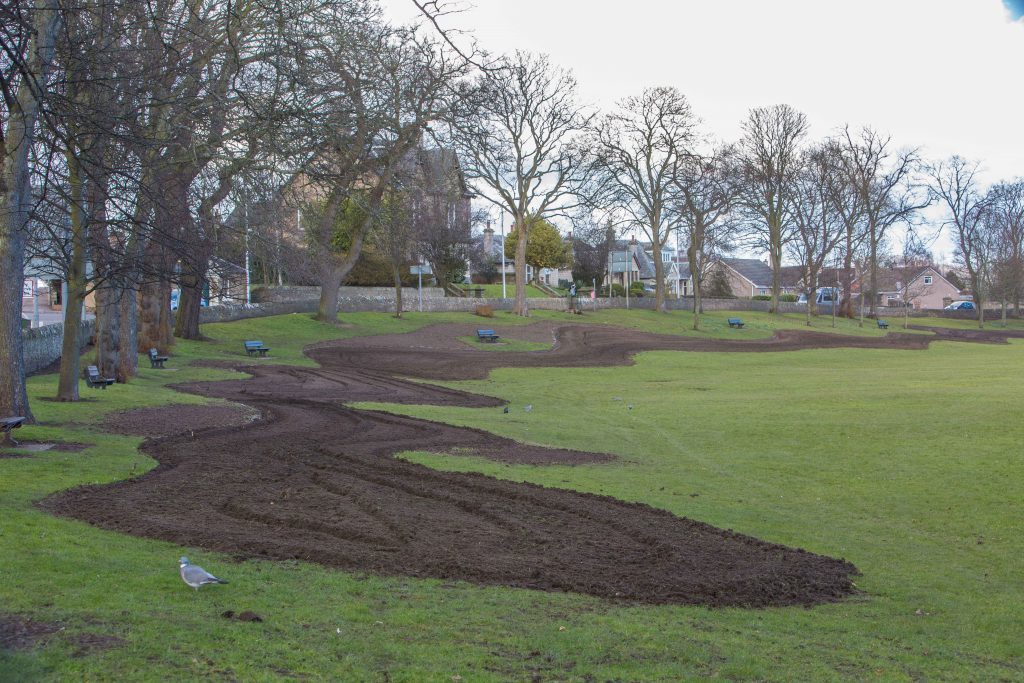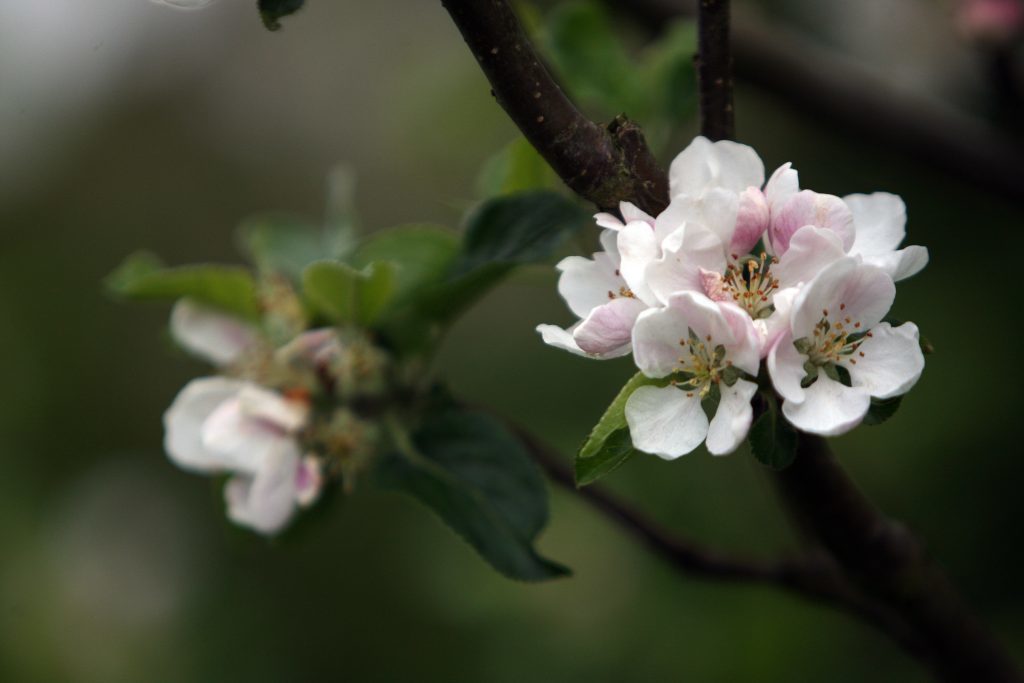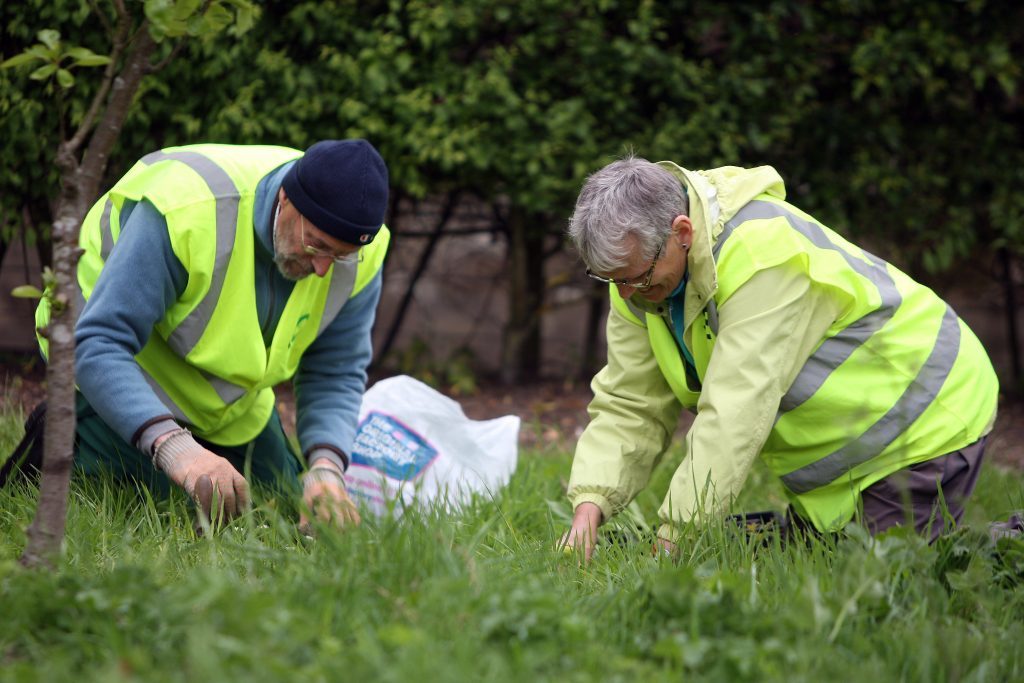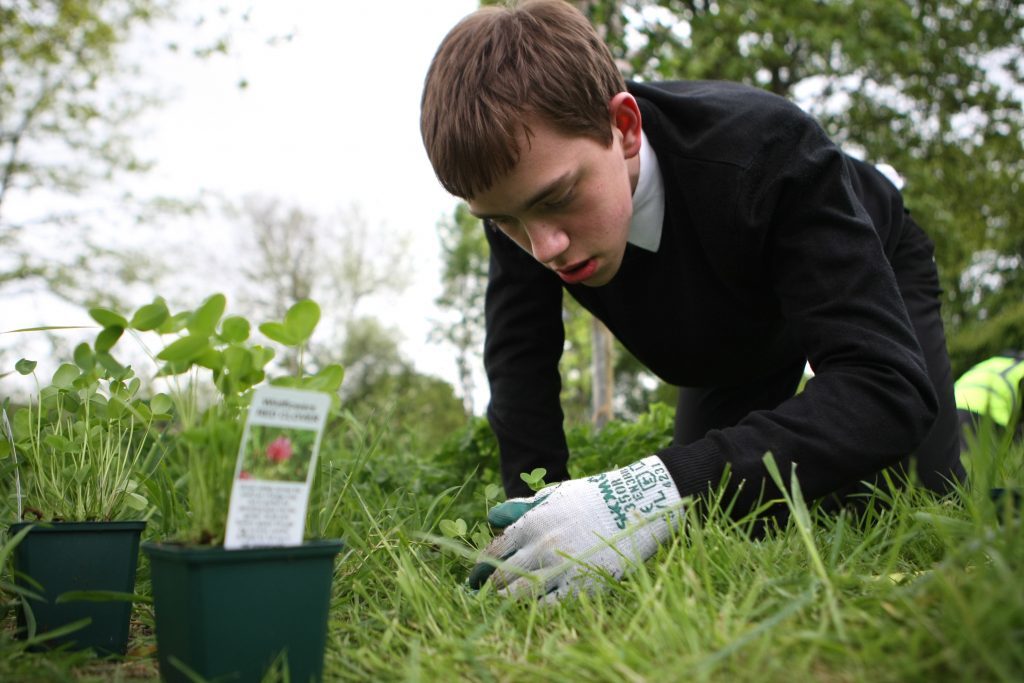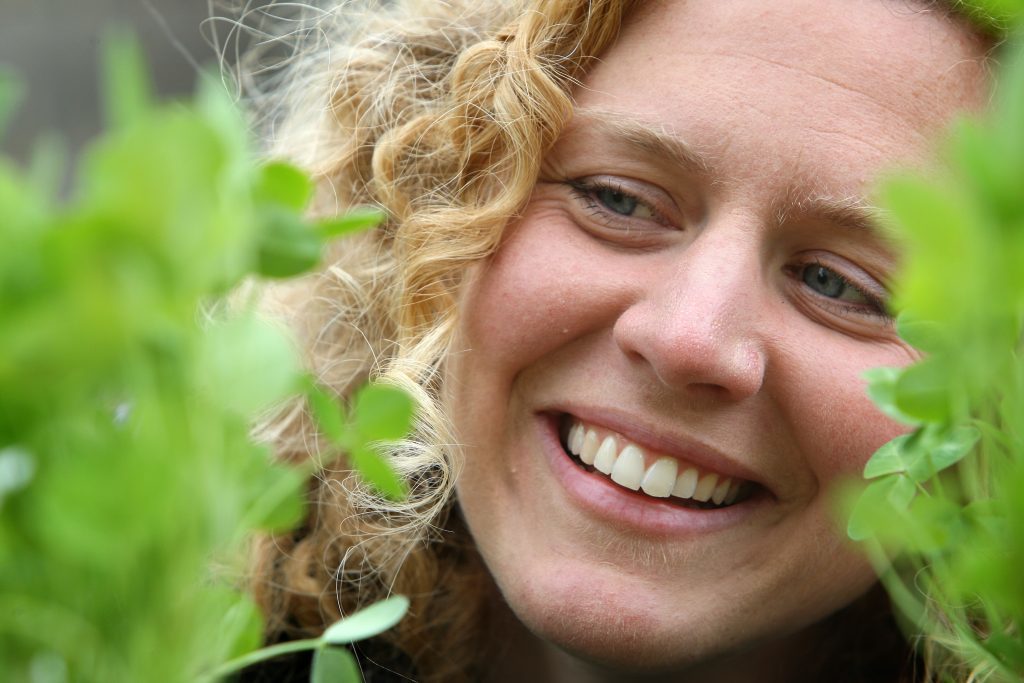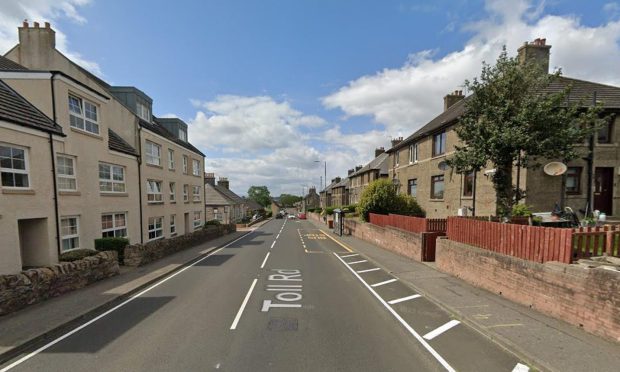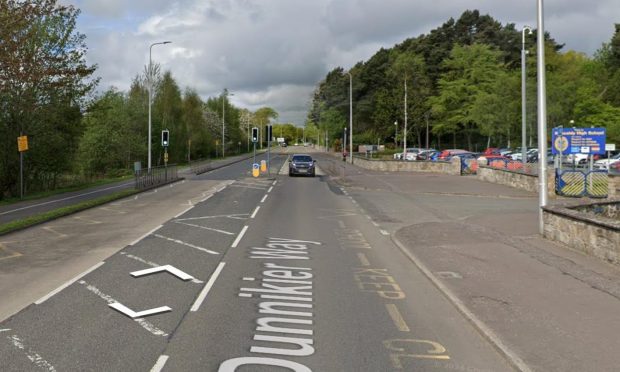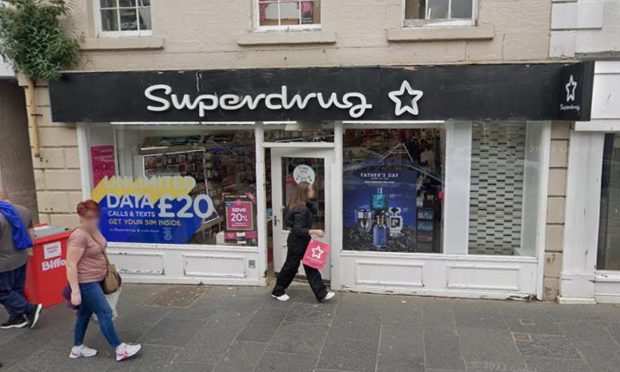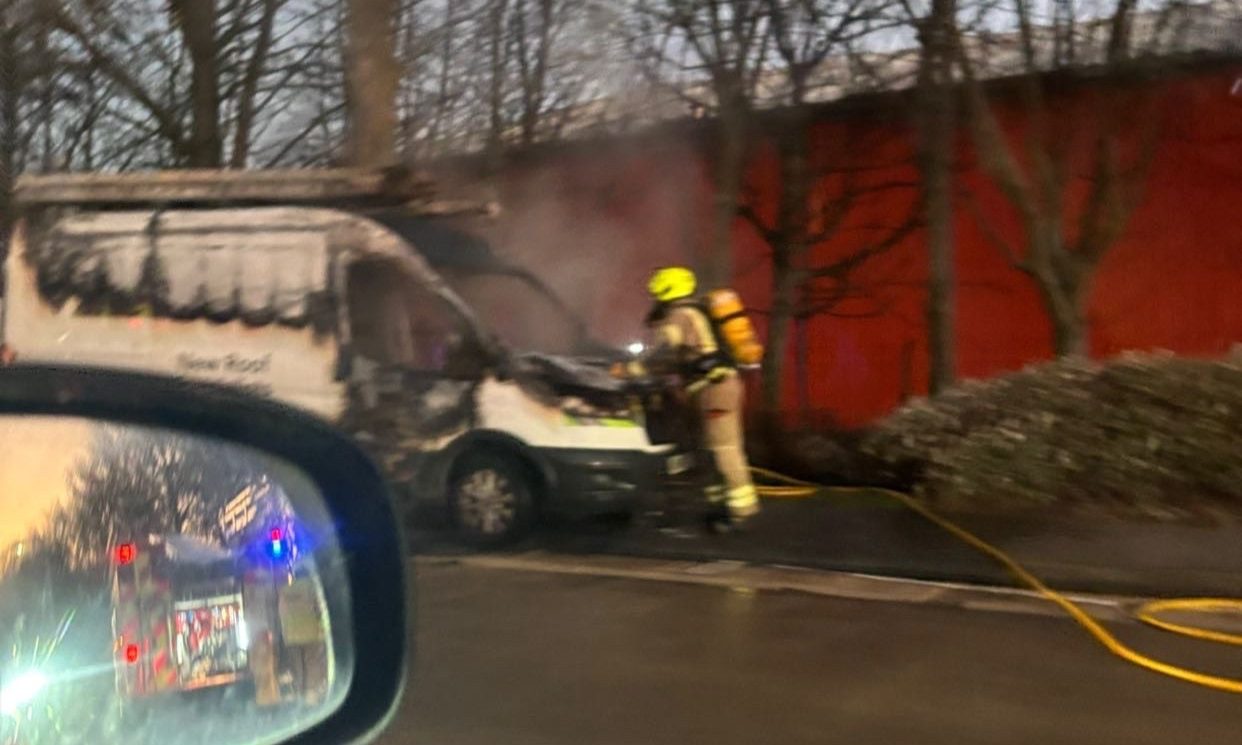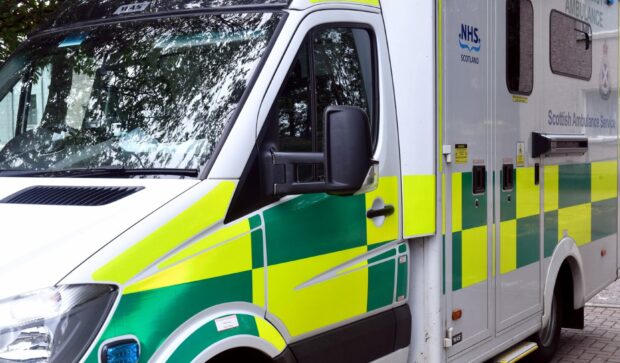Michael Alexander visits a Fife conservation project which is taking a stand against an alarming decline in the world’s bumblebee population.
It was renowned American biologist Edward Osborne Wilson who once said: “If all mankind were to disappear, the world would regenerate back to the rich state of equilibrium that existed 10,000 years ago. If insects were to vanish, the environment would collapse into chaos.”
It might sound like the stuff of science fiction.
But according to conservationists, mankind’s actions are already destroying many of the world’s insect habitats – and the human race should be extremely concerned.
Take bumblebees. Their numbers in the UK have declined massively mainly, it is thought, because of changes to the countryside.
Changes in agricultural techniques have meant that there are fewer wildflowers in the landscape than there used to be, meaning that many bumblebee species are struggling to survive. Climate change and the use of certain pesticides are also thought to be taking their toll.
But when you consider that bees are great pollinators, and therefore have a key role in producing much of the food that we eat, then you have a major problem with as yet unforeseen consequences not just for humans but for the wider bird and animal population.
Gabrielle Flinn, 26, conservation officer with the Stirling-based invertebrate conservation trust Buglife, is very familiar with the issues.
The Glasgow University zoology graduate from Dunfermline, who completed a Masters in bumblebee ecology at Nottingham University, has studied how technology and demand for increased food production during the Second World War meant that traditional agricultural practices were abandoned. The practices gave way to techniques which increased productivity but ultimately reduced the abundance of wildflowers in the countryside.
Indeed, it has been estimated that Britain has lost 97% of its flower-rich grasslands since the 1930s.
Fortunately, she says, there is much that can be done to benefit bumblebees, and other insects.
Gabrielle is at the forefront of the Fife Buzzing project, led by Buglife in partnership with Fife Council, which aims to stop invertebrate extinctions and to have sustainable populations.
The three-year £86,000 project, funded by the Heritage Lottery Fund and the Fife Environment Trust, aims to create 12 hectares of native wildflower meadow at 16 sites across Fife, including Kirkcaldy, Anstruther, Tayport, Glenrothes and Dunfermline.
An area of Cupar’s Haugh Park was identified for wildflower planting early on in the project with local charity Sustainable Cupar also identifying a site at the town’s community orchard off Millgate.
And it was here that The Courier caught up with Gabrielle as she helped volunteers and children from local schools and nurseries, plant 800 wildflower plants in a bid to attract more insects back into the area.
“Not many people realise just how important bumblebees are, “ said Gabrielle.
“They are beautiful little things. But they also do an essential job that a lot of people take for granted. Without them we have ecological chaos.
“What we are wanting to create is wildflower meadows, particularly in amenity grassland sites. The aim is to involve schools and community groups. It helps the younger generation have ownership over their own green space if they have looked after it and made it thrive.
“So at Haugh Park, where previously we had patches of wild flowers, we are joining these together and adding some perennial mix to it, with the help of children from Castlehill Primary, so that it lasts for longer and it gets better year on year.”
Sarah Davidson, co-ordinator of Sustainable Cupar’s Fruit and Blossom Group, has been working with volunteers in recent years to plant pear trees in the historic Millgate orchard. Some of these have been grafted from the surviving trees that flourished in the area more than a century ago.
Sarah is an enthusiastic supporter of the Fife Buzzing scheme. Some people in the community had been alarmed when the planting began in Haugh Park, she said. Planting has been deliberately kept to the slopes. Concerns had been alleviated, however, when the reasons behind it were explained.
She said Sustainable Cupar might be willing to target other areas for planting in the town once the funding runs out.
But she remains concerned as to whether enough is being done to protect insects at a national and global level.
Citing Rachel Carson’s 1962 environmental book Silent Spring which documented the detrimental effects of pesticides on the environment, she said: “I sometimes think we are living in the Silent Spring and don’t realise. I know in my lifetime there have been less insects. I just look at the windscreen of the car. It used to be covered in insects. We don’t have them now in the numbers that we did, and of course birds are less because of that.”
But Gabrielle is confident that governments are starting to take the issue more seriously.
“I think it is increasingly being taken seriously, “she adds. “For example, the EU put a temporary ban on neonicotinoid pesticides because science has shown they are detrimental to pollinators.
“Also we are funded by the government. So awareness is increasing nationally and internationally.
“Obviously we’ve got a long way to go. But I definitely think it is moving in a positive direction. “Projects like this are so important in helping raise awareness and making people think.”
